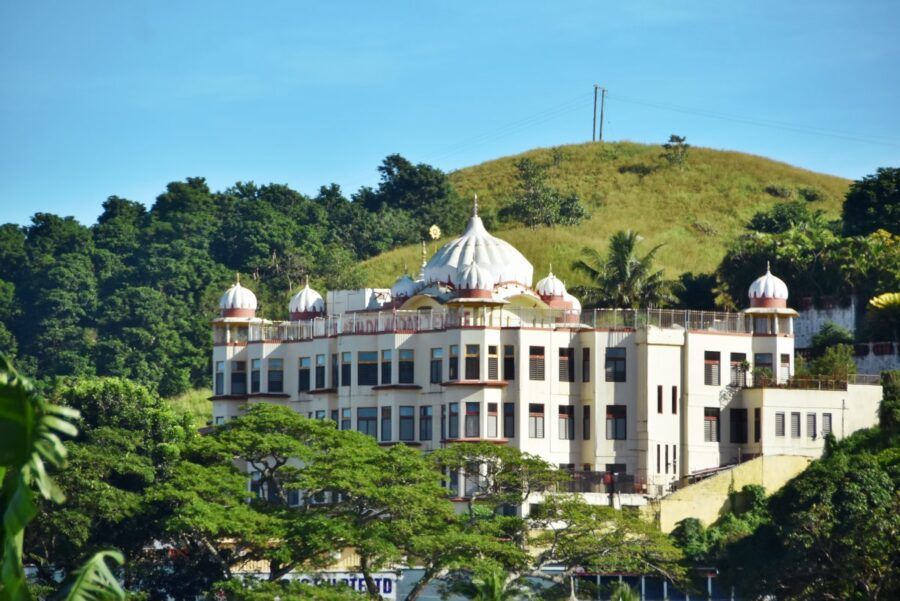A Quick Guide to the Fijian Language: Vosa Vakaviti
Fiji is home to three official languages: English, Bauan Fijian and Fiji-Hindi (a branch of Hindustani). While English is universally spoken, travellers are likely to hear words like “Bula!”, “bure” or “lovo” throughout their stay on the islands. To help you understand some of the common phrases you’re likely to hear, learn some things to say to the locals, and gain a bit of context about the Fijian language, we’ve compiled this quick guide to the Fijian language.
For some quick words to learn, see the 15 Fijian Words You Need to Know When Visiting Fiji.
Table of Contents
5 Fun Facts About the Fijian Language
When you visit Fiji, you’ll quickly discover that the Fijian language is as rich and vibrant as the islands themselves. From the warm greetings to the unique linguistic quirks, here are five fascinating facts about the Fijian language that will enhance your appreciation of this beautiful culture:
- While there is one universal Fijian language known as “Bauan Fijian”, there are around 300 different Fijian dialects across the islands.
- People living on Rotuma speak a completely different language, the Rotuman language.
- “Bula!” is the word you’ll hear the most in Fiji. It’s a greeting, but it also means “life” and “good”.
- X is the only letter in the Roman alphabet that is not used in the Fijian language – sorry, Elon.
- Fijian conversation usually involves one person speaking uninterrupted before the second person speaks – bouncing conversation back and forth is considered impolite.
Now that you’ve got a taste of the Fijian language’s unique features let’s dive deeper into some essential phrases and cultural tips to help you communicate with the friendly locals during your stay. Plus, if you liked the above list, then you might like our 20 Fun Facts About Fiji.
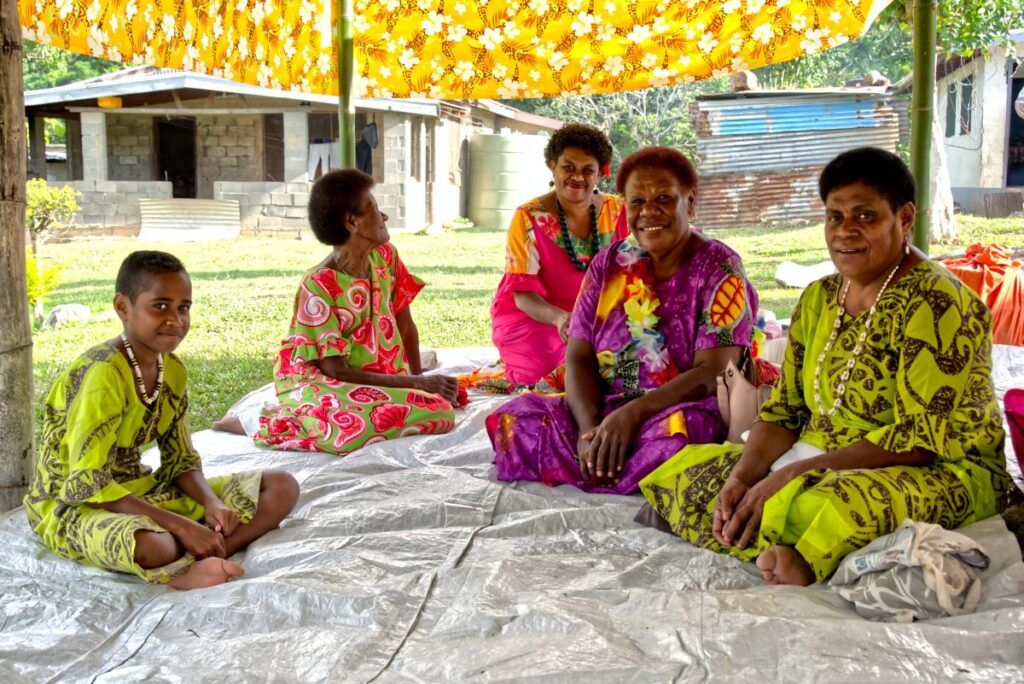 © FijiPocketGuide.com
© FijiPocketGuide.comWhat Language Do They Speak in Fiji?
Although Fiji is a nation of beautiful exotic islands, communication is pretty easy. There are three official languages in Fiji: Bauan Fijian, Fiji-Hindi and English.
To simplify, native Fijians speak Bauan Fijian (usually referred to as “Fijian” or in the local dialect “Vosa Vakaviti”) as their first language. Indo-Fijians speak Fiji-Hindi (a branch of Hindustani) as their first language. However, both groups speak English as a second language. That’s not to say that English isn’t used excessively, with most communications through the media, business and even on the restaurant menus being in English. For English-speaking tourists, you won’t feel too far out of depth when in Fiji. It’s easy! It’s “Fiji time“!
Bauan Fijian in Fiji
Just over half of the population speaks Bauan Fijian as a first or second language. Fijian is a type of Malayo-Polynesian language, a subgroup of Austronesian languages with similarities to other languages spoken in the South Pacific, as well as Southeast Asia. Learn more about its origins in the “Where Does the Fijian Language Come From?” section below.
Before colonisation, there were several different dialects spoken across the Fijian islands. Today, “Bauan Fijian” is used mainly for administrative purposes and is the country’s most commonly spoken dialect of the Fijian language. Regardless, you will still hear some slight variations in the dialects between the regions of Fiji.
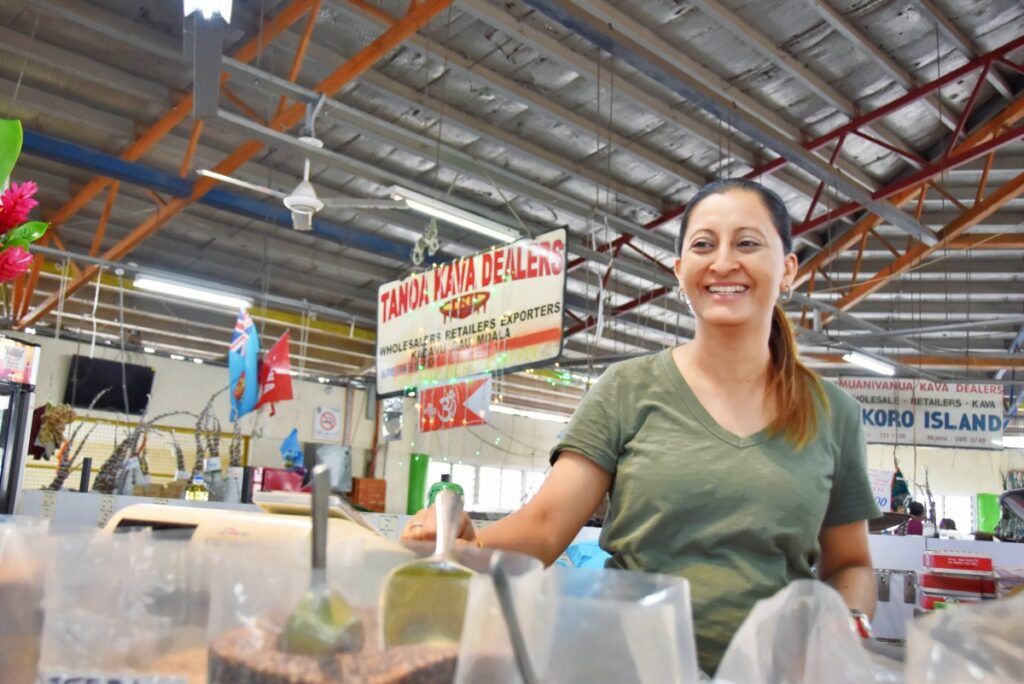 © FijiPocketGuide.com
© FijiPocketGuide.comHindi in Fiji
Spoken by around 37% of the population as a first or second language, Fiji-Hindi is an official language in Fiji. Although the language is called “Hindi” locally, outsiders refer to the language as Fijian Hindi or Fiji-Hindi due to the variations of the language compared to the Hindi spoken in the Indian subcontinent. The language has combined elements of the Hindi dialects from Awadhi and Bhojpuri variations of the language, mixed with Fijian, Arabic and English words.
Why Do People Speak Hindi in Fiji?
During Britain’s colonisation of Fiji, indentured labourers from India were sent to Fiji for the sugar trade. Coming from different regions of India with different dialects of Hindi, the common language of Fiji Hindi was formed to make communicating in the workplace easier, as well as for young children of the labourers to communicate when left in daycare centres. Learn more about the Fiji population in our Guide to the Fiji People.
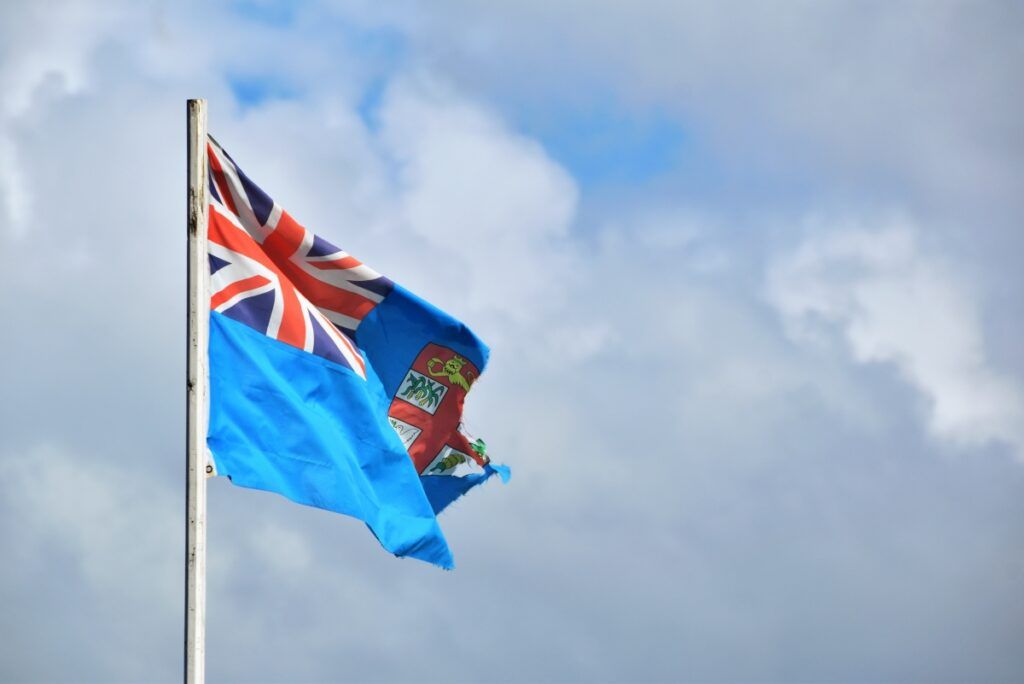 © FijiPocketGuide.com
© FijiPocketGuide.comEnglish in Fiji
English is used and understood by most of the population in Fiji, mostly as a second language. Schoolchildren are taught English after becoming proficient in their first language, so it is widely understood. English is the language used for most communications, whether it’s in the media, on signage or for doing business. So, when visiting Fiji, English speakers are unlikely to find a language barrier when talking to the locals.
Why Do People Speak English in Fiji?
With more than half the population being native Fijians and the other vast majority being Indo-Fijians, why is English the common language in Fiji? English was first introduced to the islands during the exploring and trading days some 150 years ago. However, the English language became more dominant in Fiji after the British colonisation of Fiji in 1874. With that, all government communication was in English. Fiji remained a British colony until 1997, but the impact of the British influence remains. Learn more about Fiji’s history in A Brief History of Fiji.
Other Languages Spoken in Fiji
Although there are three official languages in Fiji, other languages are spoken in Fiji to reflect the diverse population of immigrants, and some Fijian islands have their own indigenous dialects.
The other common languages spoken in Fiji include:
- Rotuman – Spoken by the people living on the Fijian island group of Rotuma
- Gujarati – Spoken by Indian immigrants (not related to the Indian labourers)
- Punjabi – Spoken by Indian immigrants (not related to the Indian labourers)
- Cantonese – Spoken by Chinese immigrants
- Mandarin – Spoken by Chinese immigrants
- Tongan – Spoken by Tongan immigrants and Fijians of Tongan descent.
 © FijiPocketGuide.com
© FijiPocketGuide.comWhere Does the Fijian Language Come From?
For those of you who like a bit of context, Fijian is part of a Malayo-Polynesian branch of the huge Austronesian family of languages, which includes languages from Madagascar to Easter Island, Taiwan to Hawaii to New Zealand.
Within Fiji, there are some 300 regional dialects, for example, the commonly used “vinaka” meaning “good” or how you would say “thank you”, is said as “vinaduriki” in the Yasawa Islands, “vina’a” in Taveuni or “malo” in the Lau Islands. These different dialects belong to two major groupings, with “Western Fijian” being spoken by people on the islands from the west side of the middle of Viti Levu and “Eastern Fijian” being spoken by the people living on the islands from the east side of Viti Levu.
In the 1840s, a dialect known as Bauan was the first version of Fijian to be transcribed into the Roman alphabet, leading the Bauan to become the most universally accepted of Fijian – a version taught in schools and used for formal occasions.
Finally, note that Fiji’s northernmost island, Rotuma, has its own language known as Rotuman. This is a different language from the Fijian language.
Learn more about the Fijian history in A Brief History of Fiji and find out more about different aspects of the Fijian culture in The Guide to the Fiji Culture for Travellers.
 © FijiPocketGuide.com
© FijiPocketGuide.comFijian Language Pronunciation
The Fijian alphabet uses the same letters as English, with the exception of X. To master pronunciation in Fijian, you’ll need to learn some specific rules for vowels and consonants.
How to Pronounce Vowels in Fijian
Fijian vowels are pronounced similarly to those in languages like German, Italian, or Spanish. Here are some key points to remember:
- Some vowels may have a macron (a line) over them (ā, ē, ī, ō, ū). This indicates a long vowel that should be pronounced for about twice as long as a vowel without a macron.
- Getting the length of vowels right is crucial, as it can change the meaning of words.
- Vowel sounds in Fijian are generally pure, meaning they don’t change during pronunciation, unlike some English vowels that can be diphthongs.
- The first vowel in a word is usually more emphasised.
Now, let’s break down the pronunciation of each vowel:
- A – pronounced “ah” as in “art”
- E – pronounced “eh” as in “egg”
- I – pronounced “e” as in “eat”
- O – pronounced “or” as in “on”
- U – pronounced “oo” as in “cool”
How to Pronounce Consonants in Fijian
Most letters in the written version of the Fijian language are pronounced the same as in English, except there are some consonants that English speakers will find awkward to pronounce. They are as follows:
- B is pronounced with a soft “m” in front of it – so Lakeba is “La-kem-ba”
- C is pronounced as a “th” sound – so Mamanucas is “Mam-an-u-thas”
- D is pronounced with an “n” in front of it – so Nadi is “Nan-di”
- G is pronounced with an “ng” sound – so Sigatoka is “Sing-a-toka”
- Q has a harder “ngg” sound – so Beqa is “Beng-ga”
- R is usually rolled
With these tips, you’ll be well on your way to pronouncing Fijian vowels like a pro. Remember, practice makes perfect, so don’t be shy about trying out your new skills with the friendly locals!
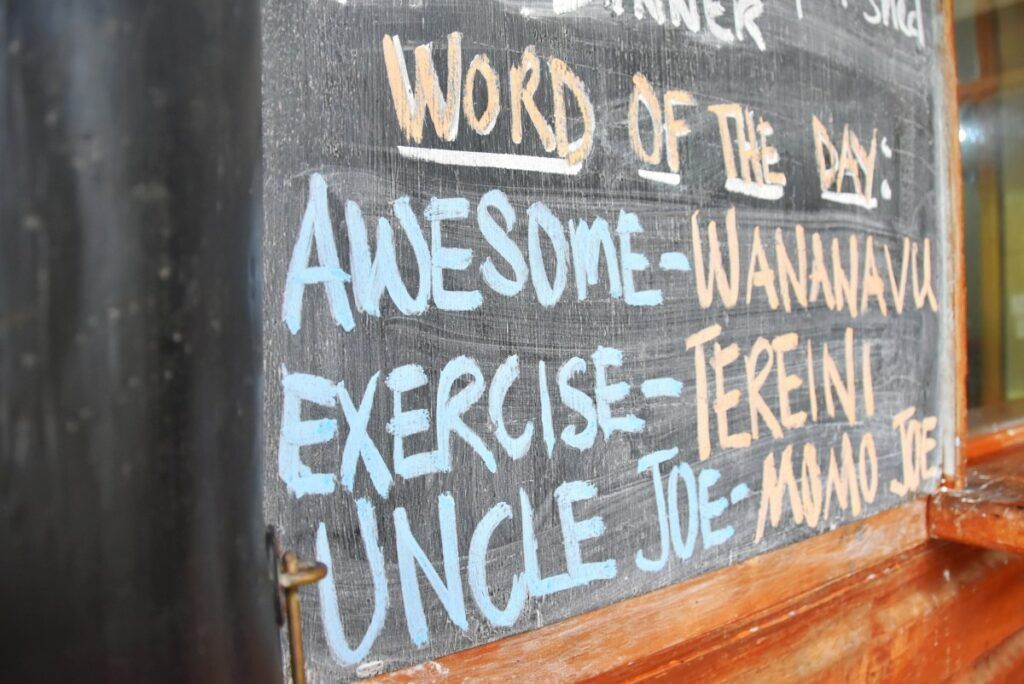 © FijiPocketGuide.com
© FijiPocketGuide.comFijian Words and Phrases to Know
While English is widely spoken, locals will appreciate the effort and respect for saying words and phrases in their native language. Here are some phrases to try…
Basic Phrases in Fijian
Hello – Bula
Hello (formal) – Ni sa bula
Good morning – Yadra (Yan-dra)
Good morning (formal) – Ni sa yadra
Yes – Io
No – Sega (Sen-ga)
Please – Yalo vinaka, mada or Kerikeri
Thank you – Vinaka
Thank you very much – Vinaka vakalevu
Excuse me – Tulou
I’m sorry – Lomana
Sega na leqa – No worries
Wananavu – Awesome
Sota tale – See you later
Goodbye – Moce (Mo-thay)
Places in Fijian
Beach – Matasawa
Farm/garden – Teitei
Forest – Veikau
House – Vale
Sleeping house – Bure
Island – Yanuyanu
Mountain – Qulunivanua
Road/trail – Sala
School – Koronivuli
Shop – Sitoa
Village – Koro
Power tip: “Lako” means “go” to pair it with the above places!
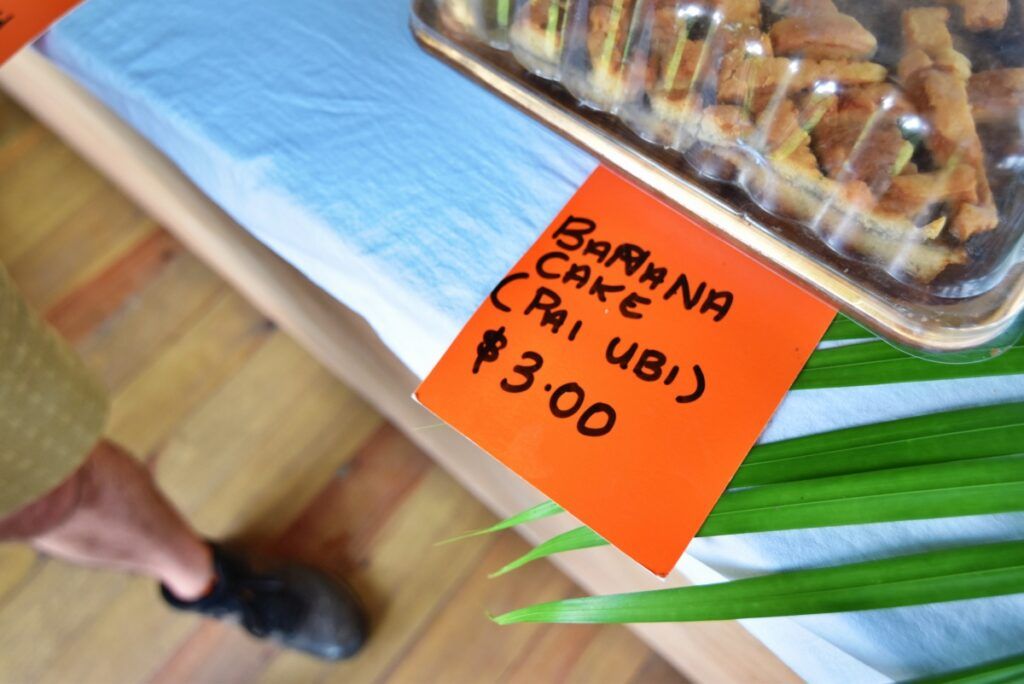 © FijiPocketGuide.com
© FijiPocketGuide.comFijian Food and Drink (and What They Are)
Dalo – Taro
Ika – Fish
Jaina – Banana
Kokoda – Raw fish in coconut cream and lime juice
Lolo – Coconut cream
Lovo – Underground oven
Niu – Coconut
Ota – Seaweed
Tapioca – Cassava, root vegetable
Vua – Fruit
Wai – Water
Weleti – Papaya/pawpaw
Learn more about the food and drink of Fiji in 10 Unique Foods in Fiji You Have to Try and 10 Drinks in Fiji You Have to Try.
More About the Fijian Language
That’s it for our guide to the Fijian language; for more information about Fiji’s culture and customs, check out the following articles:
- Fiji Village Etiquette: What to Do When Visiting a Fijian Village
- Who are the People of Fiji?
- 10 Best Ways to Experience the Fijian Culture
Finally, if there’s anything we’ve missed, you’re likely to find it in 15 Fijian Words You Need to Know When Visiting Fiji.
Sources:
The information in this guide has been compiled from our extensive research, travel and experiences across Fiji and the South Pacific, accumulated over more than a decade of numerous visits to each destination. Additional sources for this guide include the following:
- Tourism Fiji (General travel advice - Updated [2025])
- Fiji Immigration (Visa and immigration advice - Updated [2025])
- Fiji Revenue & Customs Service (Customs and visitor taxes - Updated [2025])
- Biosecurity Authority of Fiji (Biosecurity advice - Updated [2025])
- Fiji Meteorological Service (Weather forecast and warnings - Updated [2025])
- Fiji Bureau of Statistics (Statistics and travel data - Updated [2025])
- Ministry of Tourism and Civil Aviation (Tourism statistics - Updated [2025])
- Land Transport Authority (Road safety advice - Updated [2025])
- Safe Travel (New Zealand travel advisory for Fiji - Updated [2025])
- Smart Traveller (Australia travel advisory for Fiji - Updated [2025])
- Travel.State.Gov (U.S. travel advisory for Fiji - Updated [2025])
- SPTO (Pacific tourism advice - Updated [2025])
- Fiji Hotel and Tourism Association (Tourism trade association - Updated [2025])
Our editorial standards: At Fiji Pocket Guide, we uphold strict editorial standards to ensure accurate and quality content.

About The Author
Robin (Ruveni) C.
This article was reviewed and published by Robin, the co-founder of Fiji Pocket Guide. He has lived, worked and travelled across 16 different countries before settling in the South Pacific, so he knows a thing or two about planning the perfect trip in this corner of the world. Robin is also the co-founder of several other South Pacific travel guides and is a regular host of webinars with the South Pacific Tourism Organisation.
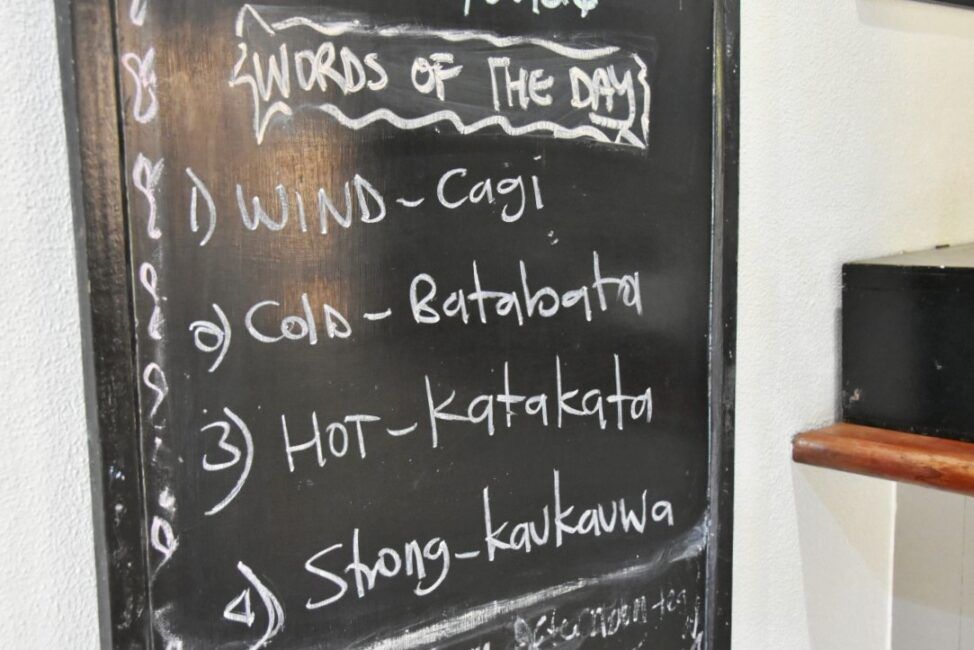
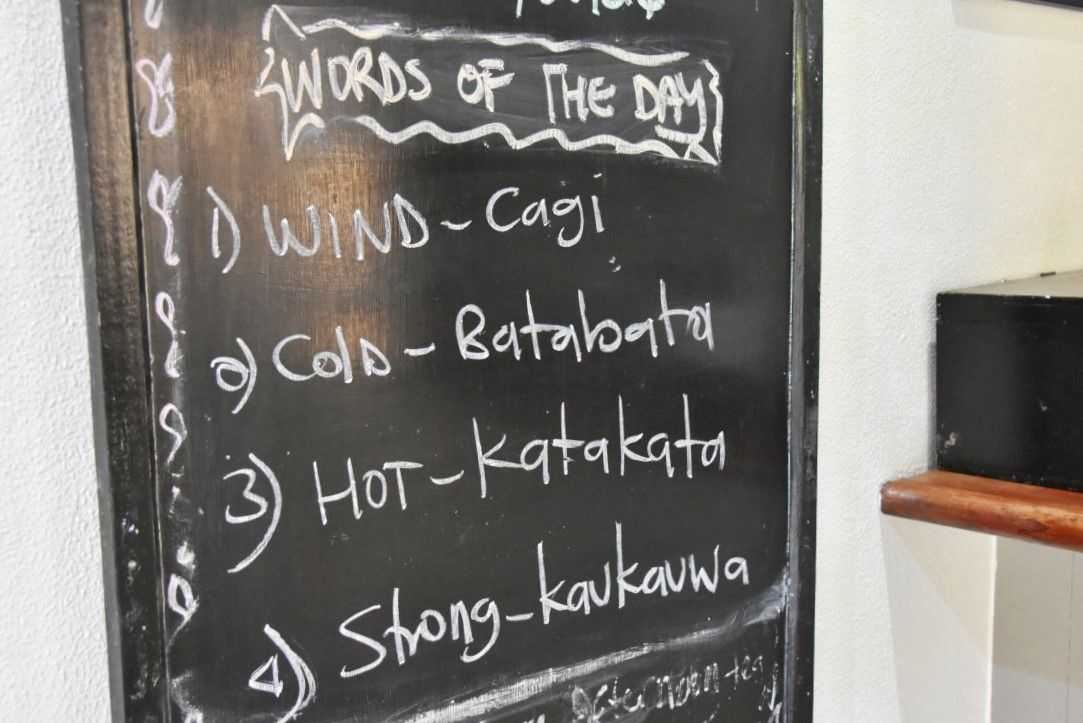


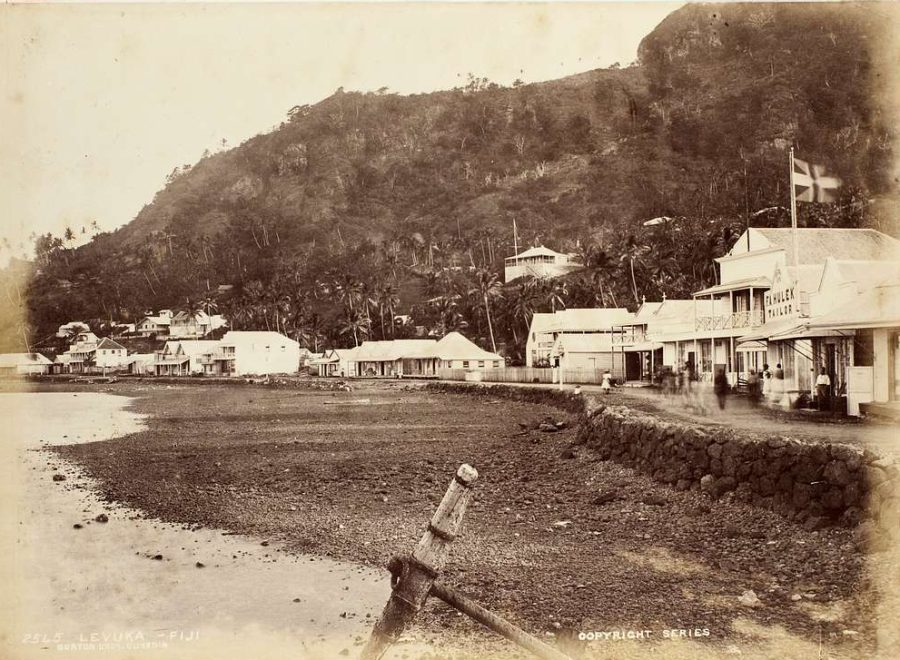
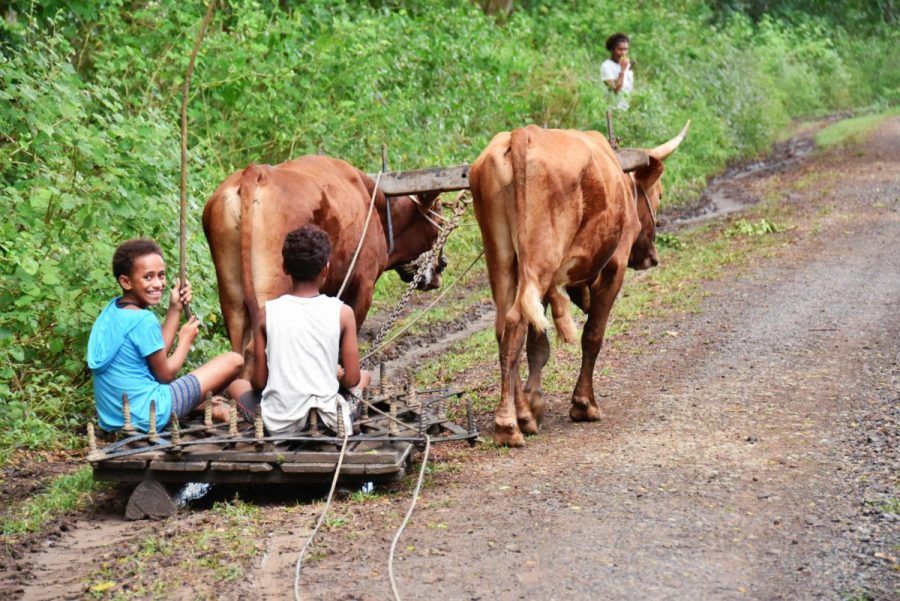
![A Traveller's Guide to the Fiji Cultures 🌺 [2025]](https://fijipocketguide.com/wp-content/uploads/2021/12/Cicia-Lau-Village-School-Children-Meke-CREDIT-Fiji-Pocket-Guide--e1729536240232-900x490.jpg)
